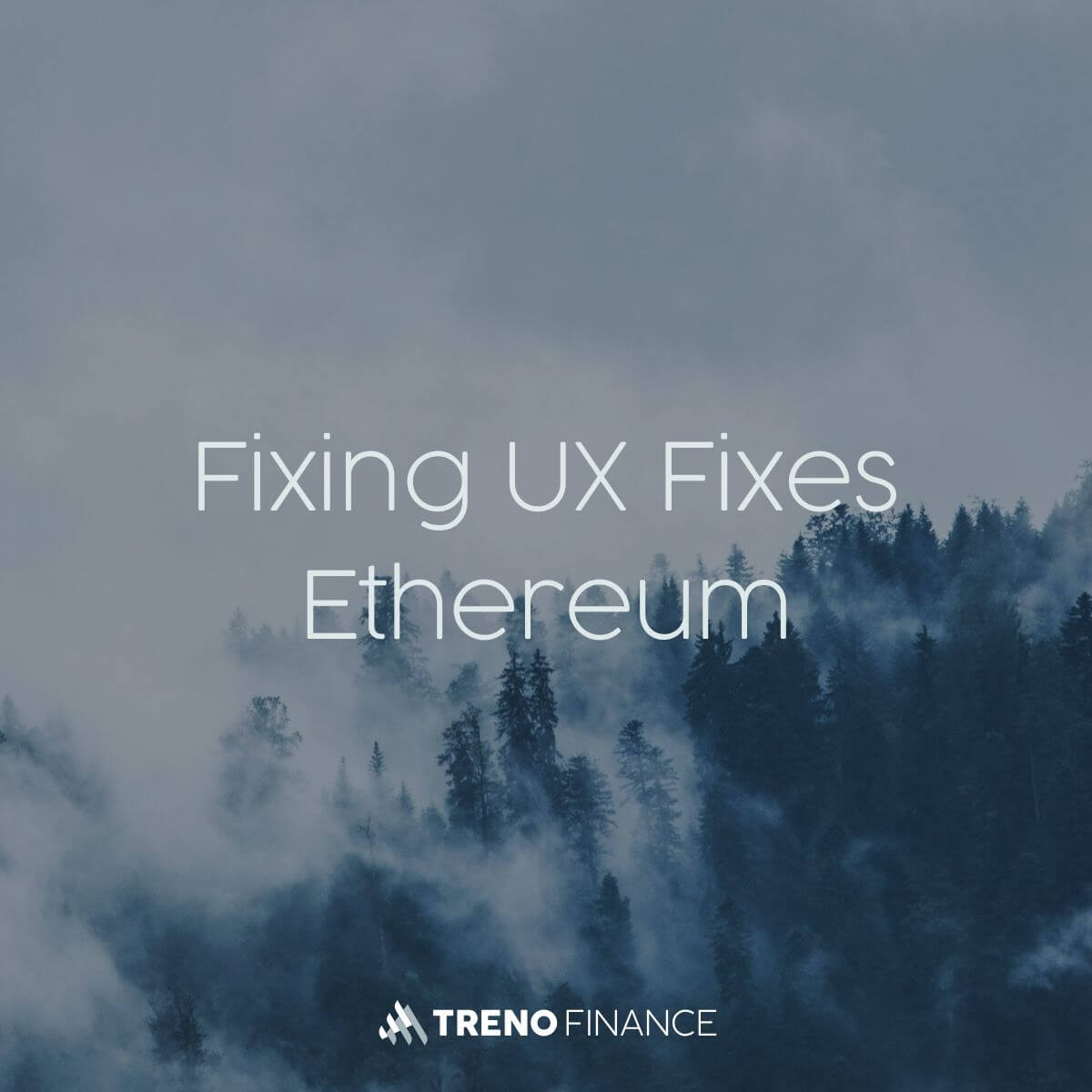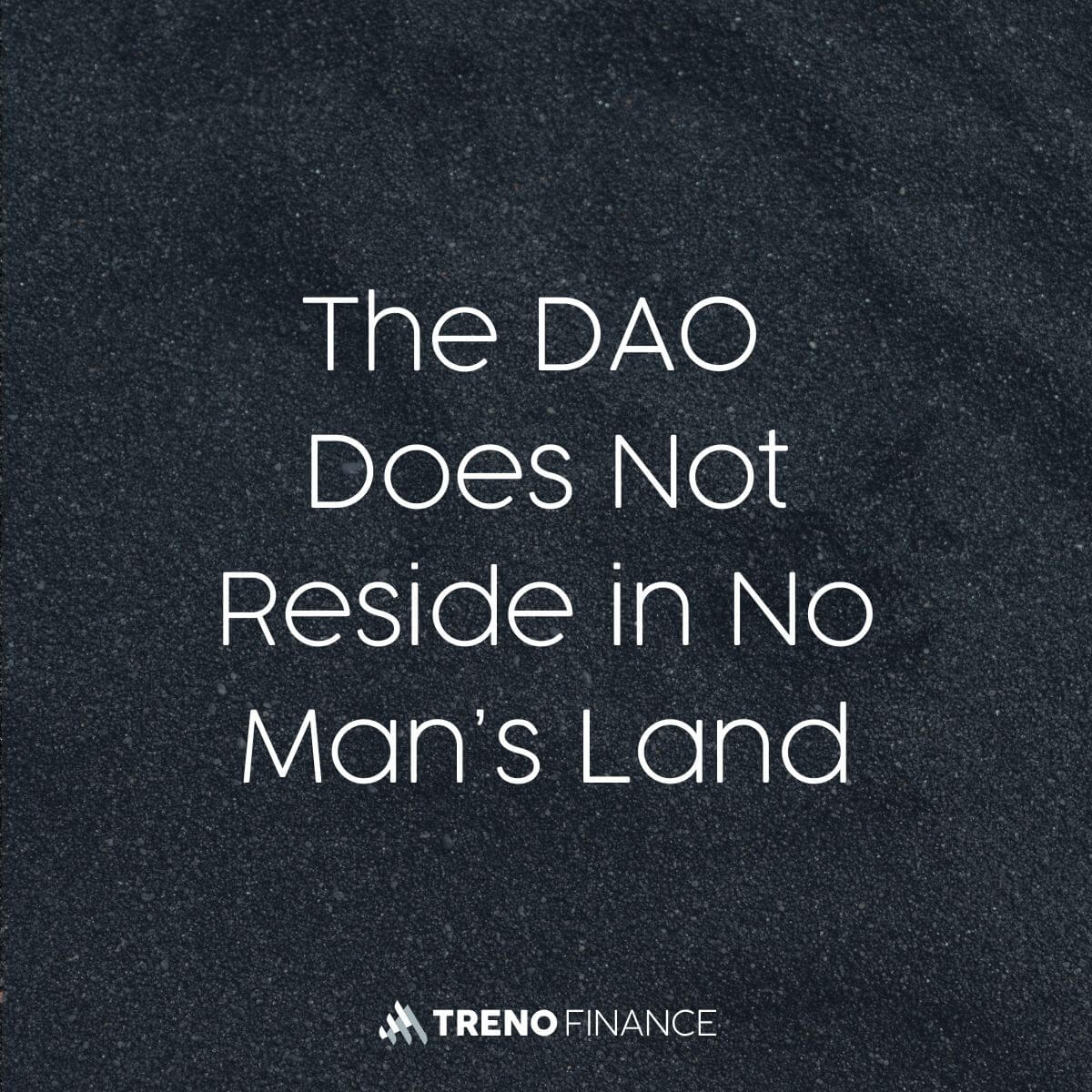How tokenized stocks are dragging equity trading into the 24/7 era
Tokenized stocks trade 24/7 on-chain without real shareholder rights, price anchors, or regulation, exposing users to slippage, issuer risk, and legal uncertainty.
1. The Revolution in Equity Trading?
Wall Street clocks out. The blockchain doesn’t.
What sounds like financial anarchy to TradFi is a selling point for crypto investors: Trading stocks around the clock, even when the lights are off on the NYSE.
Tokenized stocks like bTSLA, bMSFT, or even bCSPX (a wrapped S&P 500 ETF) are available 24/7 on Ethereum and L2s, made possible by issuers like Backed Finance, who hold real stocks (or derivatives) and wrap their price into ERC-20 tokens on-chain.
It sounds like the next logical upgrade: traditional assets, embedded in the open, decentralized crypto universe.
But that’s exactly where things get tricky. While traditional stocks rely on a regulated market structure, token prices move in a parallel universe, without market hours, price anchors, or circuit breakers.
Welcome to the 24/7 market. Just don’t sleepwalk into it.
2. What exactly are tokenized stocks?
Let’s start with the basics: Tokenized stocks aren’t actual shares.
You’re not listed in a shareholder registry, you don’t get voting rights, and you won’t be invited to the annual meeting. What you hold is a price representation, typically in the form of an ERC-20 token on Ethereum.
Example:
Backed Finance issues tokens likebTSLA(Tesla) orbMSFT(Microsoft). Behind the scenes, they hold the actual securities, or structured derivatives, with a custody partner. The token then mirrors the respective stock’s price as closely as possible. At least in theory.
What’s the upside?
- 24/7 trading, without being tied to stock exchange hours
- Programmability, e.g. for smart contracts or automated treasury strategies
- DeFi integration, as collateral or treasury exposure
But here's the catch: You’re not buying a company. You’re buying a digital IOU that promises someone, somewhere, is holding the asset (or something close to it).
You're not relying on BlackRock, Nasdaq, or the SEC.
You're trusting a smart contract, and the issuer feeding it.
3. How does 24/7 trading actually work?
Tokenized stocks don’t trade on NASDAQ, they trade on Uniswap.
And that changes everything.
While traditional markets operate with order books, trading hours, and circuit breakers, tokenized stocks are traded fully on-chain. They move through decentralized exchanges (DEXes) or OTC wallet-to-wallet transfers, no opening bell, no centralized pricing.
A token like bTSLA may track the actual Tesla price, but only as long as someone updates or arbitrages it.
Once the markets close, things get fuzzy:
- The price is based on the last traded market price
- Adjusted by speculation, sentiment, and expectations
- Sometimes oracles help, price feeds pulling data off-chain. But they’re not always accurate or current.
In short:
What’s traded overnight on the blockchain is a shadow of the real market, sometimes in sync, often lagging.
If earnings drop, wars break out, or Elon tweets, the token price might react, or not.
When the market reopens, things snap back. Often hard.
4. The Core Risks of Tokenized Stocks
Tokenized stocks offer freedom, and plenty of responsibility.
Trading outside regulated environments means you lose the safety net of traditional markets and step into a space that's only as secure as the code and the issuer behind it. Let’s break down the key risks:
Price Risk, A Market Without a Market
Here’s the obvious one: token prices can, and will, deviate from the real thing.
After hours, there’s no official reference price. What happens then is pure market dynamics: liquidity meets guesswork.
- You buy
bTSLAat $260 overnight - NASDAQ opens at $250 the next morning
Congrats, you’ve just entered the gap.
You think arbitrage fixes that instantly? Not quite. Many tokenized stocks trade with minimal liquidity. Arbitrage only works if enough capital is willing (and able) to step in.
Liquidity Risk, All the Freedom, None of the Depth
Unlike traditional exchanges that move billions daily, tokenized stock markets on DEXes can be paper thin.
- Spreads can be huge
- A $5k order might move the market
- Limit orders? Forget it, just slippage settings and hope
Bottom line: if you buy at night, you better know how you’ll get out.
Issuer Risk, Trust Is Not a Contract
Tokenized stocks rely on custodial trust structures. A company like Backed Finance holds the underlying asset (or a proxy) and promises that your token reflects its value.
But what if:
- The issuer goes bankrupt?
- Custody fails?
- A regulator intervenes?
You don’t own the stock. You own the issuer’s promise.
Token = promise, not protection.
Regulatory Risk, Gray Zones with Real Consequences
Tokenized stocks exist in a weird legal limbo between TradFi law and DeFi reality. In many jurisdictions, their legal classification is unclear. That brings:
- Risk of legal unwinding
- Restricted access for certain groups (e.g. U.S. persons)
- No deposit protection, no investor guarantees
And the rules are changing fast. Especially in the EU and U.S., regulation could shut things down overnight.
Technical Risk, Smart Contracts Aren’t Magic
Even if the issuer is solid, the infrastructure is still code. And code breaks.
Smart contracts, oracles, token bridges, every layer is a potential failure point.
- Manipulated oracles → wrong prices
- Bridge hacks → assets gone
- Contract bugs → funds frozen or lost
Security in DeFi is a constant arms race. Tokenized stocks are not exempt.
5. So Why Are People Still Jumping In?
If it’s so risky, why are people piling in?
Simple: Because they can.
And because tokenized stocks solve a problem that TradFi has tolerated forever:
Markets are slow, closed, and full of friction.
The Crypto Mindset, If It’s Not 24/7, It’s Broken
In crypto, "trading" doesn’t mean "weekdays between 9:30 and 4:00, unless it’s a holiday."
Tokenized stocks offer a DeFi-native way to gain exposure to TradFi assets:
- Trade anytime
- No middleman
- Just a wallet
For many, that’s more than a feature, it’s a principle.
Markets should be open, global, and continuous. Tokenized assets deliver on that. With all the baggage.
On-Chain Treasuries & DAOs
For DAOs and on-chain treasuries, tokenized stocks are appealing.
Instead of leaving stablecoins idle, you can allocate them into real-world assets with predictable risk.
Example:
- Hold tokenized Tesla
- Use it as collateral in a smart contract
- All on-chain, no bank required
That’s not a gimmick, it’s on-chain accounting with real-world exposure.
Arbitrage, Alpha & First-Mover Advantage
Where there are inefficiencies, there’s opportunity.
And where markets are new, those inefficiencies are plentiful.
Professional traders smell alpha here, especially with price gaps, technical quirks, and regulatory blind spots.
The risk is real, but so is the upside.
6. Freedom Has a Price
Tokenized stocks aren’t a gimmick, they’re the next logical step in bringing traditional finance into the crypto stack.
They offer more flexibility, more accessibility, and a completely different market logic.
But: If you want to trade 24/7, you carry risk 24/7.
It all sounds great, until you double down at 3 a.m. and the real market opens in the opposite direction.
And if something breaks, the SEC won’t help you. Nor will your brokerage hotline.
All you’ve got is your wallet, and your own understanding of what you just bought.






